Phu Yen, a stunning coastal province in Vietnam, is a hidden gem for travelers seeking a balance between adventure, relaxation, and cultural experiences. Nestled between the azure waters of the East Sea and the lush greenery of mountainous landscapes, Phu Yen tends to be overlooked compared to its more famous neighbors. But those who take the time to explore this enchanting region will find a unique and serene getaway. The best time to visit Phu Yen revolves around its climatic patterns and seasonal festivities, which can significantly impact the experience of visitors seeking to immerse themselves in local culture and outdoor adventures. This article delves into the best times to visit Phu Yen, providing insights into its climate, peak tourist seasons, and local events that will enrich your travel experience.
As we embark on this journey to discover the best times to visit Phu Yen, we take into account not only the weather patterns but also the opportunities for adventure and cultural engagement that each season holds. Understanding the climate can help travelers make informed decisions that allow them to fully enjoy everything this beautiful province has to offer.
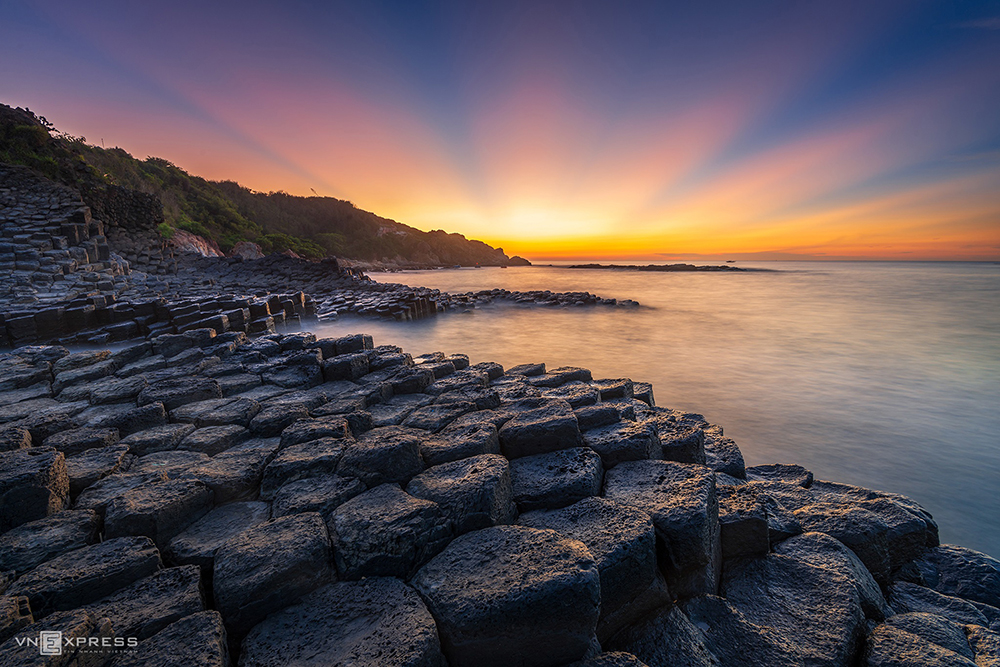
Phu Yen boasts a tropical climate primarily characterized by two distinct seasons: the rainy season and the dry season. Each season possesses unique features that cater to different types of travelers. The dry season lasts from January to August, marked by sunny, warm weather and minimal rainfall, making it an ideal time for outdoor activities, beach visits, and cultural festivities. The rainy season, occurring from September to December, introduces cooler temperatures but also increased humidity and rain, creating a lush landscape that may appeal to those seeking a different type of experience.
The rainy season in Phu Yen runs from September to December, presenting a mix of challenges and opportunities for travelers. With rainfalls often beginning in September, visitors can expect storms and significant humidity during this period. Although it may deter some, the rainy season has its advantages it transforms the landscape into a vibrant oasis with lush greenery, waterfalls, and blooming flora.
During the rainy season, particularly from September to November, temperatures hover between 22°C to 26°C (about 72°F to 79°F). While this may seem pleasant, the accompanying high humidity often makes the weather feel warmer. Frequent downpours can hinder outdoor plans, but they also usher in unique experiences, such as:
Here is a summary of characteristics during the rainy season:
| Month | Temperature Range | Characteristics |
|---|---|---|
| September | 22°C - 26°C | Frequent rains starting |
| October | 22°C - 25°C | Peak rainfall, high humidity |
| November | 22°C - 26°C | Gradual reduction in rainfall |
| December | 21°C - 25°C | Ending of the rainy season |
While many may find the rainy season less appealing for travel, it can be a rewarding time for those looking for solitude and an authentic experience. Ideal for photography enthusiasts and nature lovers alike, this season evokes feelings of nostalgia and dramatic beauty as the rain works its magic on the environment.
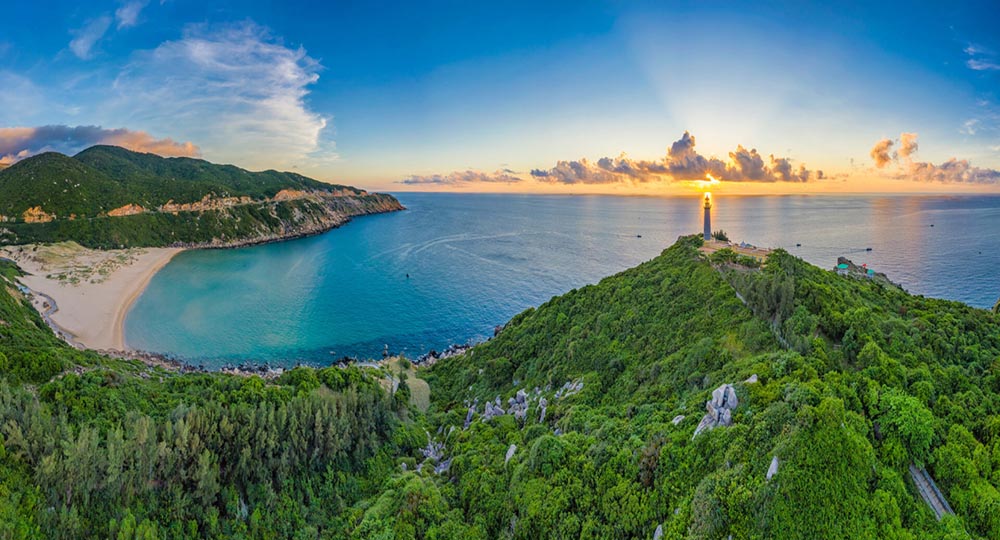
Conversely, the dry season, lasting from January to August, is the most favorable time for travelers seeking sunny skies and outdoor adventures. This period is characterized by warm temperatures, clear skies, and a relatively low likelihood of rain. January and February offer milder weather, with average temperatures around 23°C to 28°C (approximately 73°F to 82°F), while the peak summer months of May and June can reach upwards of 32°C (about 89°F).
The dry season presents an array of opportunities for visitors, primarily:
To summarize the highlights of the dry season, refer to the table below:
| Month | Temperature Range | Notable Activities |
|---|---|---|
| January | 23°C - 28°C | Sightseeing, cultural exploration |
| February | 23°C - 30°C | Beach activities, festivals |
| March | 24°C - 31°C | Peak hiking and trekking |
| April | 25°C - 32°C | Water sports, summer festivities |
| May to August | 26°C - 32°C | Peak tourist activities, local markets |
Given its sunny disposition, the dry season attracts many tourists eager to escape the heat and embrace the allure of coastal Vietnam. With popular events like Tet (Lunar New Year) occurring during this time, visitors can experience an unforgettable blend of nature, culture, and celebration.
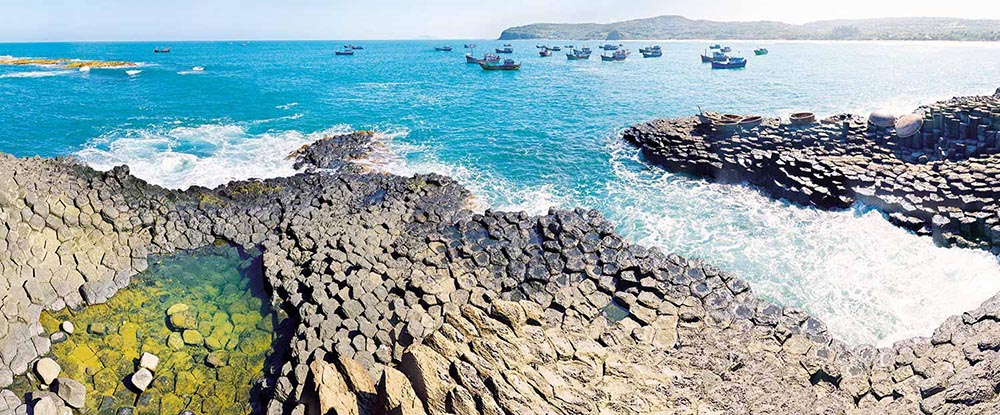
The best months to visit Phu Yen align with the dry season, particularly from January to March. During these months, visitors can expect comfortable temperatures ranging from 23°C to 28°C (around 73°F to 82°F), low humidity, and infrequent rain.
This period not only offers ideal weather for outdoor adventures but also features fewer tourist crowds, providing a more intimate experience of Phu Yen’s attractions. Moreover, cultural festivities during this time, especially Tet celebrations, allow travelers to witness vibrant ceremonies, delectable local cuisine, and traditional performances.
The ideal months for outdoor activities in Phu Yen specifically are from January to August. Here, travelers can engage in a myriad of activities that fully immerse them in the natural beauty of the province.
To summarize the best months for outdoor activities, consider the following breakdown:
| Month | Outdoor Activities | Average Temperature |
|---|---|---|
| January | Hiking, sightseeing | 23°C - 27°C |
| February | Trekking, visiting natural parks | 24°C - 28°C |
| March | Water sports, exploring beaches | 25°C - 30°C |
| April | Beach visits, kayaking | 26°C - 32°C |
| May to August | Peak activities, snorkeling | 27°C - 32°C |
Travelers looking to connect more deeply with the landscape while engaging in thrilling adventures will find this time to be optimal for exploration.
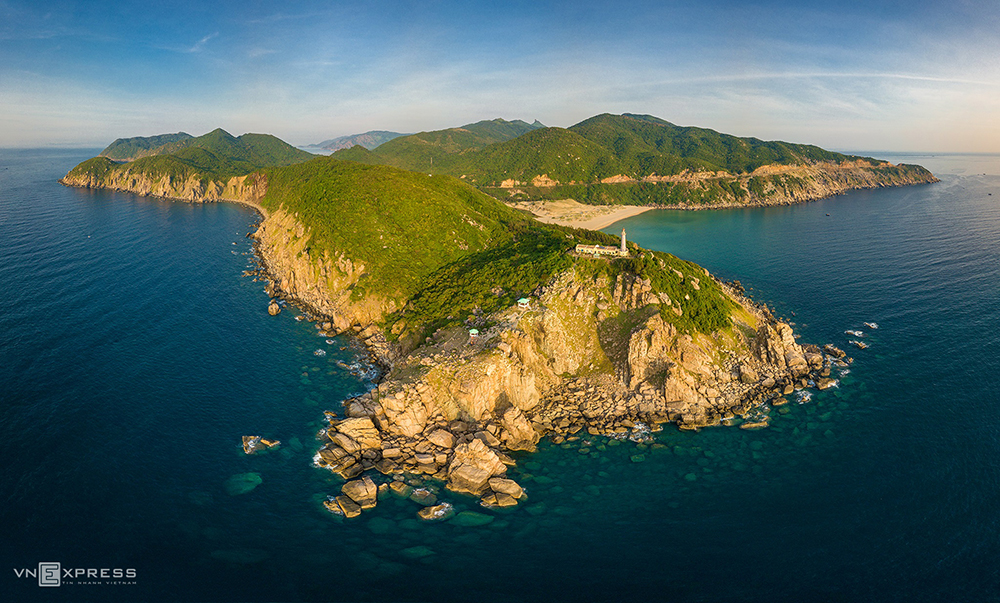
When it comes to enjoying Phu Yen's pristine beaches, the best months clearly fall within the dry season, especially from May to August. During these months, the temperatures are at their highest, with the ocean warm enough for swimming and water activities.
Bai Xep Beach attracts numerous beachgoers seeking to lounge on golden sands, sip coconut water, and relish local seafood delicacies. The summer months bring vibrant beach parties, live music, and local festivals that make this an unforgettable experience.
Bai Mon presents a more secluded atmosphere, perfect for those looking to unwind quietly amid stunning scenery.
The following table summarizes the recommended months for beach visits:
| Month | Beach Conditions | Average Temperature |
|---|---|---|
| May | Warm waters, sunbathing | 27°C - 32°C |
| June | Excursions, beach festivals | 28°C - 33°C |
| July | Peak swimming conditions, water sports | 29°C - 32°C |
| August | Calm seas, perfect for relaxation | 28°C - 33°C |
The beauty of Phu Yen's beaches is that they cater to a spectrum of preferences, from lively beachfront activities to serene, tranquil moments by the sea.
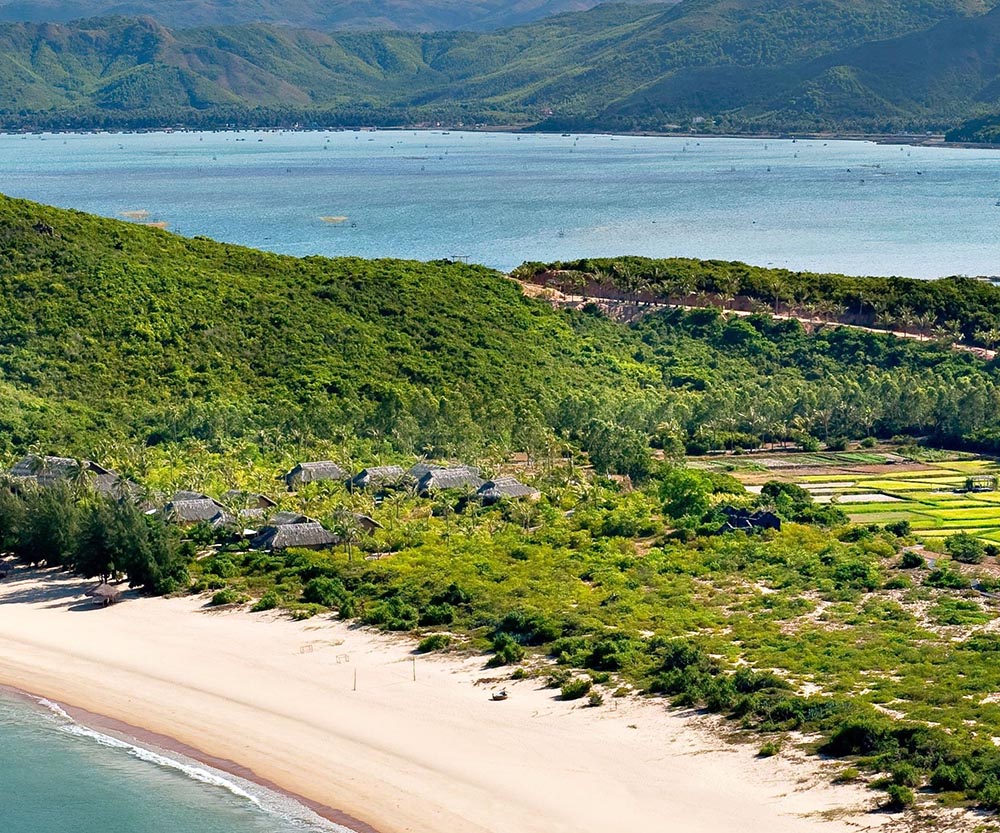
Seasonal highlights play a significant role in determining the best times to visit Phu Yen. As diverse as the climate itself, each season introduces unique experiences, celebrations, and breathtaking landscapes that appeal to curious travelers.
Phu Yen is rich in cultural heritage, and throughout the year, visitors can partake in various local festivals that highlight the region's traditions and community spirit. The festivals occur at different times, offering special experiences that enhance the overall travel experience.
Some notable festivals include:
O Loan Lagoon Festival: Highlighting local seafood, this animated festival features folk performances, a fishing contest, and delicious culinary stalls.
Fishing Festival: This event showcases traditional fishing techniques and celebrates the contributions of local fishermen to the community, offering visitors a chance to taste fresh seafood dishes.
Buffalo Fighting Festival: Often drawing attention, this unique event showcases the strength and endurance of local buffalos, coupled with traditional rituals that reflect the community's values.
Lunar New Year (Tet): Occurring between January and February, this significant celebration includes family gatherings, food offerings, and cultural performances, making it a vibrant time to experience Phu Yen's local culture.
Cultural Events: Various smaller festivals celebrate local traditions throughout the year, allowing travelers to engage with the community through music, dance, and craft activities.
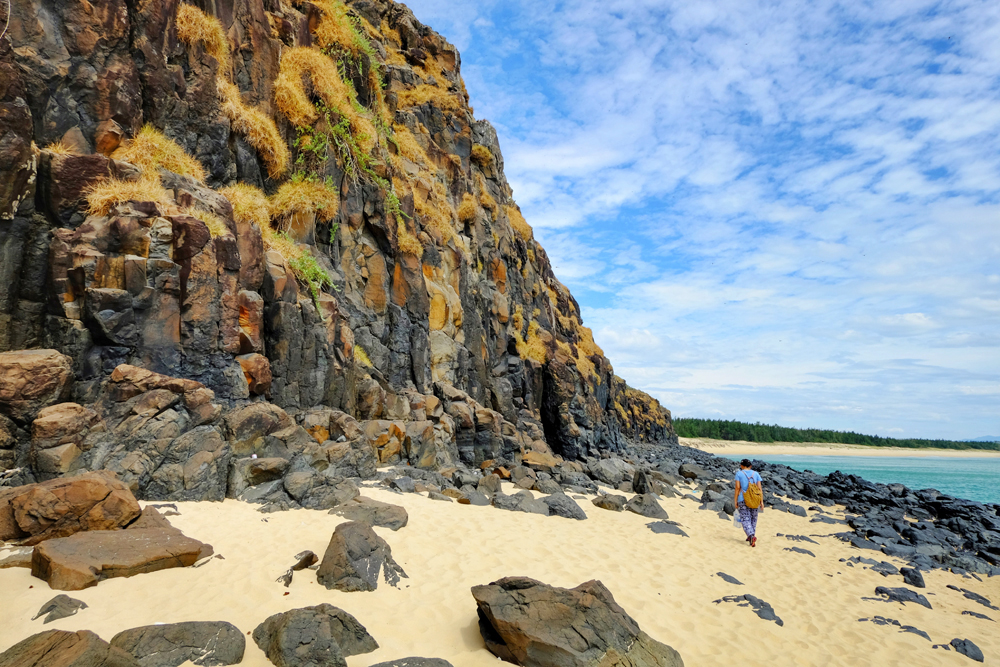
In addition to its vibrant festivals, Phu Yen is home to diverse wildlife and stunning natural attractions famous for their seasonal highlights. Some top destinations worth visiting include:
Da Dia Reef: A UNESCO World Heritage site offering striking hexagonal basalt columns along the coastline that are best appreciated during the dry season when weather conditions are clear.
Bai Xep Beach: This picturesque beach transforms into a bustling space during the summer months, bustling with tourists and locals enjoying the warm sun.
O Loan Lagoon: Renowned for its fresh seafood and captivating views, this lagoon offers an excellent dining experience, particularly from January to April when conditions are ideal for outdoor dining.
Mnang Lang Church: A Gothic architectural gem perfect for exploration throughout the year, offering photo opportunities against beautiful backgrounds.
Dien Cape Lighthouse: Another highlight, providing panoramic views of the coastline, that is best visited when the skies are clear, typically during the dry season.
The diverse offerings during different seasons make Phu Yen an attractive destination for visitors yearning for cultural richness and natural beauty.
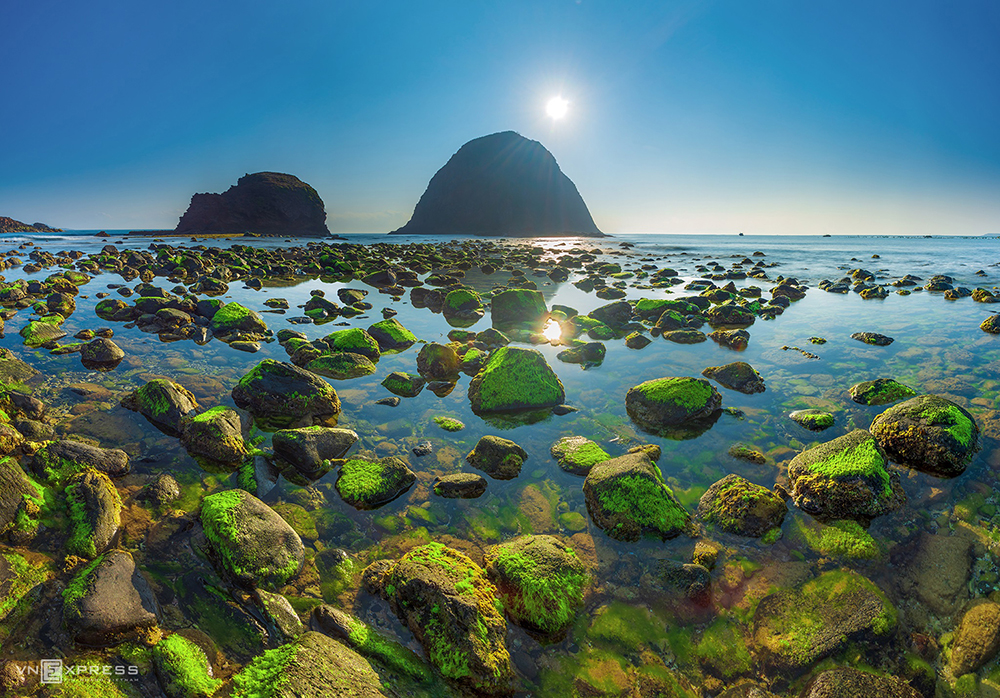
Understanding the weather patterns in Phu Yen can greatly enhance the visitor experience, allowing travelers to choose their visit time wisely based on climate preferences.
Phu Yen experiences distinct temperature fluctuations throughout the year, with two noticeable trends during dry and rainy seasons:
Winter Season (December to February): Average temperatures generally range from 21°C to 26°C (approximately 70°F to 79°F), making it relatively cooler during these months.
Spring Season (March to May): Temperatures rise sharply, with averages peaking around 32°C (about 90°F) in May, presenting a warm landscape that invites exploration.
Summer Season (June to August): This period remains warm with temperatures frequently crossing 30°C, providing ideal conditions for beach activities.
Autumn Season (September to November): As the rainy season begins, temperatures slightly decrease to around 25°C to 26°C but increase humidity.
| Season | Temperature Range | Characteristics |
|---|---|---|
| Winter | 21°C - 26°C | Cool temperatures |
| Spring | 22°C - 32°C | Warmer temperatures, blooming flora |
| Summer | 24°C - 31.7°C | Peak warmth, ideal for beach activities |
| Autumn | 22°C - 26°C | Cool temperatures with rainfall |
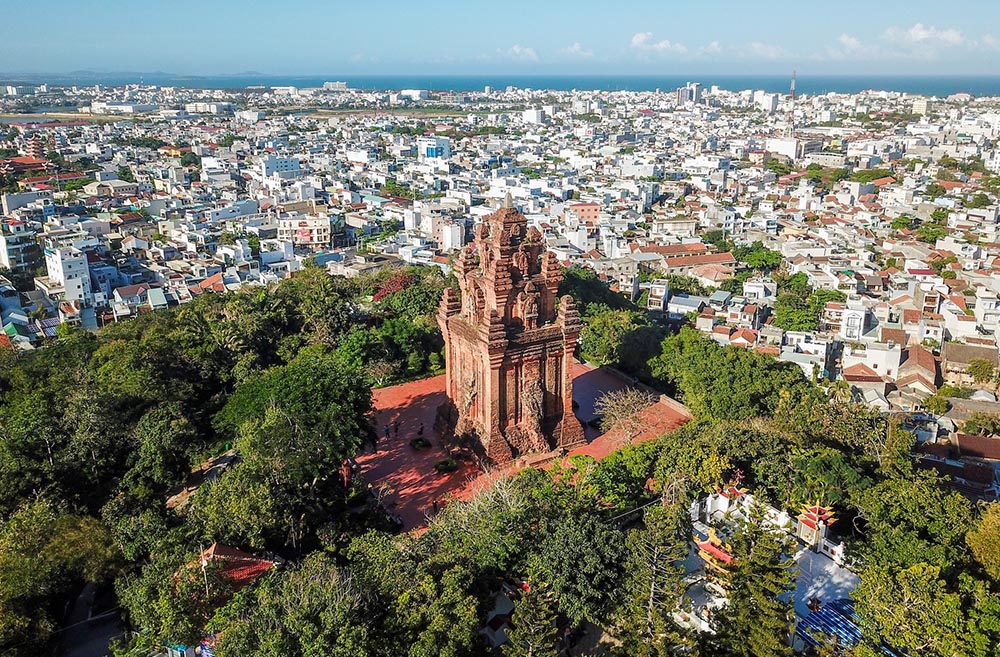
Phu Yen's humidity levels fluctuate significantly during the year, impacting how temperatures are perceived.
| Month | Humidity Levels | Characteristics |
|---|---|---|
| January | 70% - 80% | Moderately low humidity |
| February | 70% - 80% | Continued moderate humidity |
| March | 70% - 75% | Comfortable weather |
| April | 75% - 80% | Slightly humid due to rising temperatures |
| May to August | 75% - 80% | Warm with manageable humidity |
Through understanding these variances, travelers can plan their trips to maximize comfort and enjoyment during their visit to Phu Yen.
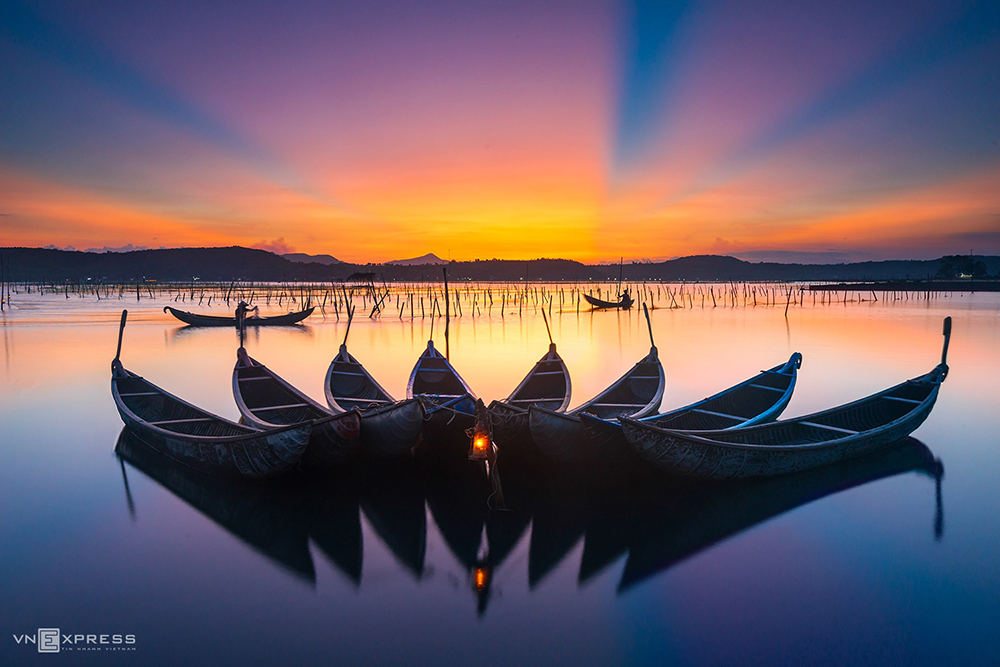
Phu Yen experiences distinct tourist seasons driven by its tropical climate, largely governed by the dry and rainy seasons.
The peak tourist season generally occurs from May to July, coinciding with the dry season. During this time, visitors flock to the province to embrace the warm weather, sandy beaches, and local festivities.
Forecasted highlights during this peak season include:
| Month | Characteristics | Tourist Activities |
|---|---|---|
| May | Warm temperatures, beach parties | High tourist volumes, cultural festivities |
| June | Peak summer conditions | Water sports, local gatherings |
| July | Continued warm weather | Popular attractions busier |
The peak season offers the most lively atmosphere for those seeking socializing, but it can also feel overwhelming due to larger crowds.

Traveling during the off-peak season (September to December) offers advantages unique to this time. Many travelers overlook the rainy season due to fears of weather complications, but there are several benefits:
Fewer Crowds: Visitors can enjoy major attractions such as Bai Xep Beach and the legendary Da Dia Reef without the company of large groups, allowing for a more relaxed exploration.
Cost-Effective Options: Hotels and travel prices often dip during the wet season, making it an excellent time for budget-conscious travelers to explore Phu Yen's rich offerings.
Unique Scenic Beauty: The rain transforms the landscape into a lush paradise, enriching the beauty of local natural attractions that become exceptionally vibrant.
Cultural Experiences: Attending festivals that still occur during this season allows travelers to engage with local traditions deeply and meaningfully.
Wildlife Experiences: Nature enthusiasts will find photography opportunities aplenty as the scenery is enhanced by moisture and rich colors post-rain.
The charm of Phu Yen is that it offers diverse experiences year-round, allowing travelers to choose their adventure based on their preference of weather and crowd dynamics.
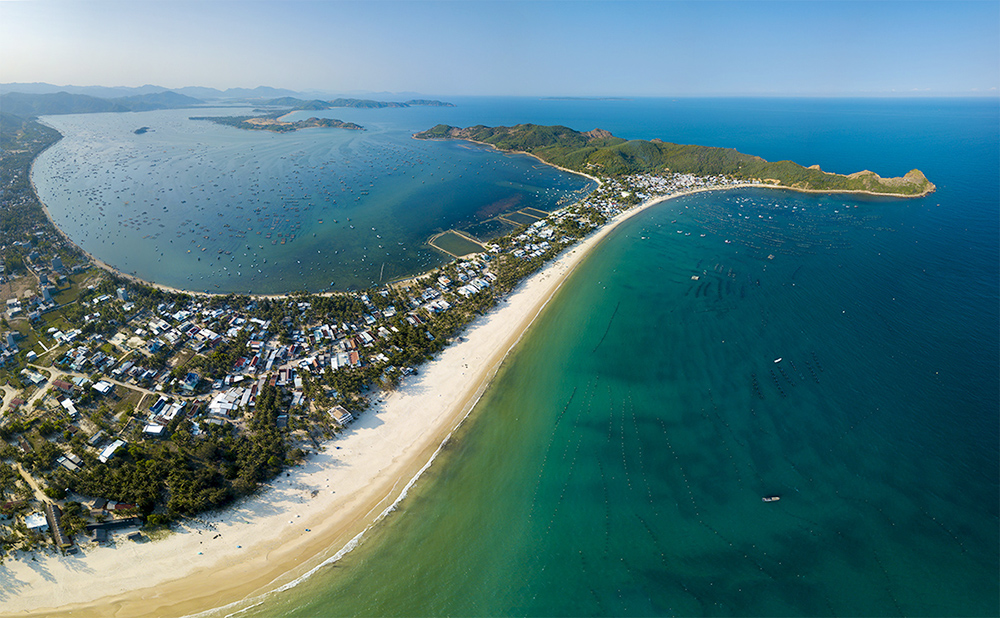
What is the best time to visit Phu Yen for outdoor activities?
How is the weather in Phu Yen during the rainy season?
Are there any cultural festivals I can attend while visiting?
What are the critically acclaimed tourist spots in Phu Yen?
Will I find empty beaches in Phu Yen during the rainy season?
Is it safe to travel to Phu Yen during the rainy season?
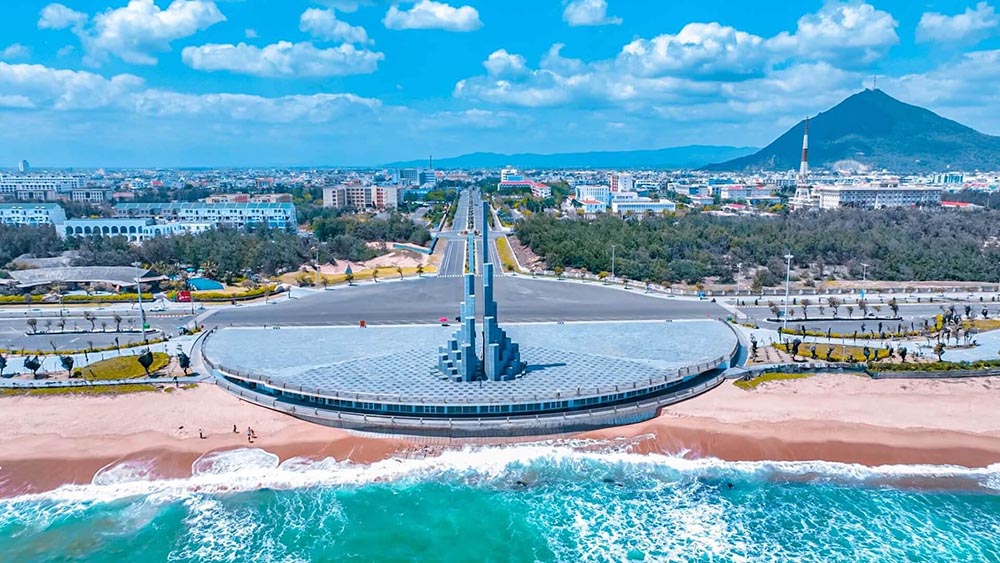
In conclusion, Phu Yen is a remarkable destination waiting to be discovered by those seeking adventure, relaxation, and cultural engagement. The best times to visit span from January to April, where mild temperatures and minimal rainfall set the stage for outdoor activities, beach outings, and immersive cultural experiences. However, each season adds its unique touch, from the vibrant energy of summer festivals to the serene beauty of the rainy season. Regardless of when you choose to experience Phu Yen, the enchanting landscapes, rich traditions, and genuine warmth of the locals promise an unforgettable getaway that resonates long after your journey ends.